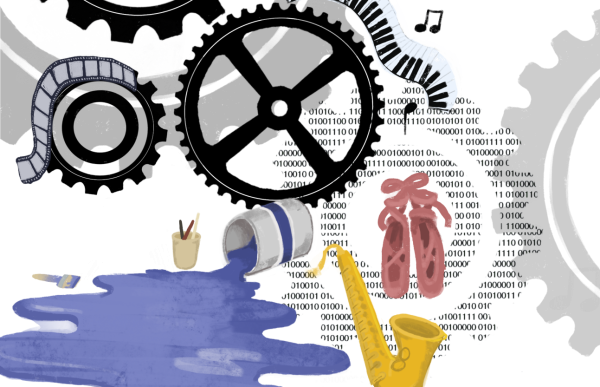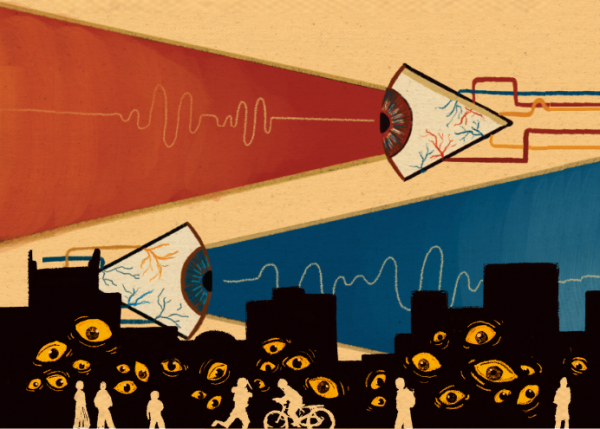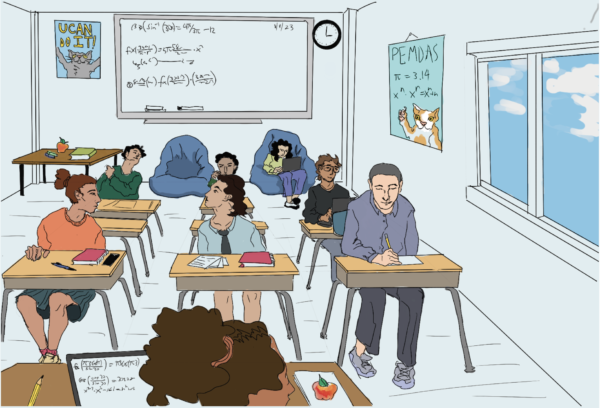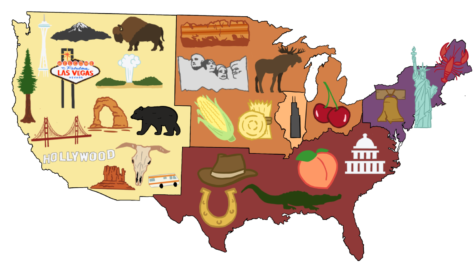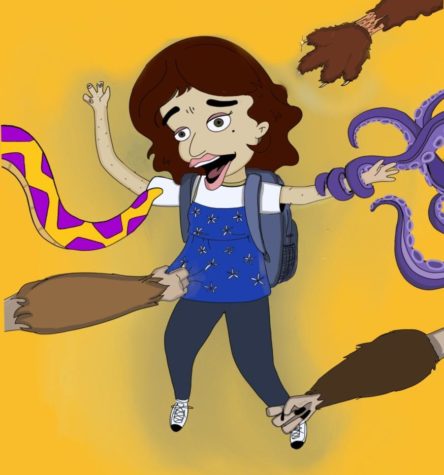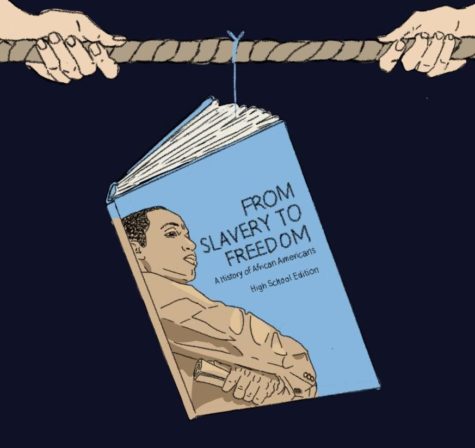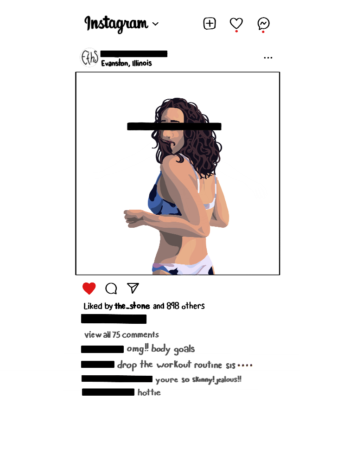Media biases affect societal norms, research shows
May 4, 2018
As the media increases its presence across the nation and the world, studies examine the existing biases in the media, as well as the disparities within representation of POC, women and the LGBTQIA+ community.
“As a white person, the majority of images you might come in contact with will be positive. It’s the mirror opposite for a lot of people of color,” says professor of integrated marketing and communications at Northwestern Ava Thompson Greenwell in an interview with the Evanstonian.
A 2006 study analyzed a random sample of TV news programs in Los Angeles and Orange counties, aiming to compare the representation of black, Latinx and white people as “lawbreakers” and “law defenders.”
The first part of the study concludes that black and Latinx people were more likely to be depicted as a “lawbreakers” than as “defenders,” whereas whites are significantly more likely to be depicted as “defenders” than “lawbreakers.”
The second portion compares these results to the California Dept. of Justice crime reports. It concludes that blacks were overrepresented as criminals and adequately represented as police officers. The Latinx population was underrepresented in both categories. Whites were overrepresented as police officers and underrepresented as criminals.
“Journalists and owners [of media companies] are overwhelmingly white and socialize as such; that socialization includes racial bias,” the study’s co-author Travis L. Dixon says. “This then shows up in their reporting and reinforces news consumers’ racial bases.”
“I see black people in the media all the time but it’s usually for music or someone got killed again,” sophomore Seth Shimelfarb-Wells says. “The fact that black people are seen as criminals makes other people look at me like one sometimes, it scares me.”
Recently, a racial controversy has arisen within the mainstream media. On April 12, two black men were arrested at a Starbucks while waiting for a friend after an employee called the police to report ‘suspicious activity.’
After a boycott effort was born in response to the incident, the CEO of Starbucks met with the arrested and planned for 8,000 stores to participate in racial bias training on May 29.
Students feel that how news portrays people of color in event like this one shapes their understanding of those identities.
“Personally, the stereotypes that developed my implicit biases toward POC and white women are rooted in the media that I experienced throughout my life,” junior Max Layden explains.
A 2017 study conducted by Cynthia Frisby looked at several recognized publications and their coverage of mass shootings carried out by a “lone shooter.” Frisby found that 45 percent of the articles were about white shooters, yet in 80 percent of articles that framed the shooter as “mentally ill,” the shooter was white. 53 percent of the time the word “thug” was used, it described a black shooter. However, 32 percent of the articles were on black people. Additionally, although 10 percent of the articles focused on Muslim shooters, 37 percent of the time the shooter was presented as a “terrorist,” the article was referencing a Muslim.
A 2013 Xavier University study found, while male and female political candidates receive equal coverage, the majority of traits applied to the women were “negative, like being emotional or their failure to fulfill female stereotypes.”
“I want to be acknowledged for what I do and believe instead of what I am and what I identify as,” youth advocate for The Representation Project Getzy Correa says.
Intersections between race and gender, Thompson Greenwell observes, further affect the extent of a woman’s representation in the media, as shown by the consistent lack of media coverage missing black women tend to receive compared to missing white women.
Due to this phenomenan, known as “missing white woman syndrome,”missing black women are less likely to be found. “Women of color’s names aren’t as recognized because they are not as publicized,” Thompson Greenwell explains.
Many cite this portrayal of women and people of color within in the media as a result of skewed representation within the field. According to a report by American Society of News Editors, 30 percent of journalists are women and 83 percent are white.
“I struggle with fitting in with my femininity, womanhood and the fierce expectation of the latina woman,” says Correa. “I am both, and I feel like I have a responsibility to represent both.”
The perception bias within the media is not limited to women nor people of color. Many within the LGBTQIA+ community feel underrepresented as well. “Articles targeted for women typically promote heteronormativity, and they address things like ‘how to get a guy to like you’ and such,” says junior Kendal Sohn. “This underrepresentation really made it hard for me to come to terms with my sexuality.”
Students acknowledge that bias within the media impacts their perceptions of their races, genders and sexualities, and of other people’s as well. Underrepresentation and misrepresentation contribute to the implicit biases and active racism within the United States.
Though pop-culture is moving towards a more inclusive and welcoming environment, students and experts agree that more open, honest and unbiased coverage for marginalized citizens is necessary in the media.











